This hands-on math art activity presents this would-be complex mathematical concept in an easy to understand, tangible way with Fibonacci art and is ideal for elementary-age kids through tweens!
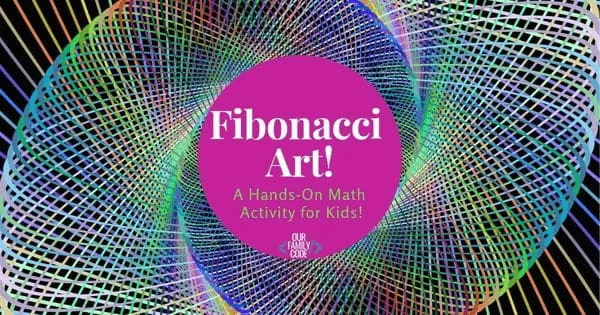
The Fibonacci series is a mathematical sequence of numbers that happen to represent wide number of relationships in nature such as seashells, galaxies, ferns, sunflowers, flowers, cauliflower, and so many more!
For younger kiddos in K-3, I recommend teaching up to number 13. 4th and 5th graders would be great at finishing the entire project and this activity can be adapted for middle schoolers simply by adding additional numbers in the image.
What is the Fibonacci Sequence?
You’ll find the Fibonacci sequence below. The numbers in the sequence are called Fibonacci numbers. To determine the next number in the sequence, you simply add the previous two numbers together.
The Fibonacci sequence is referred to as the Golden Ratio. Basically, the Golden Ratio occurs when the ratio of two quantities is equal to the ratio of the later of the two quantities to the whole.

The Golden Ratio, Phi
3/2= 1.5
5/3=1.6667
8/5=1.6
13/8=1.625
21/13=1.6154
34/21=1.6191
55/34=1.6176
89/55=1.6182
144/89=1.618
The Golden Ratio is Phi, 1.618.
This post contains affiliate links. As an Amazon Associate, Our Family Code earns from qualifying purchases. Please see our Disclosure Policy for more details.
Why STEAM Activities?
STEAM is the abbreviation for Science, Technology, Engineering, Art, and Math.
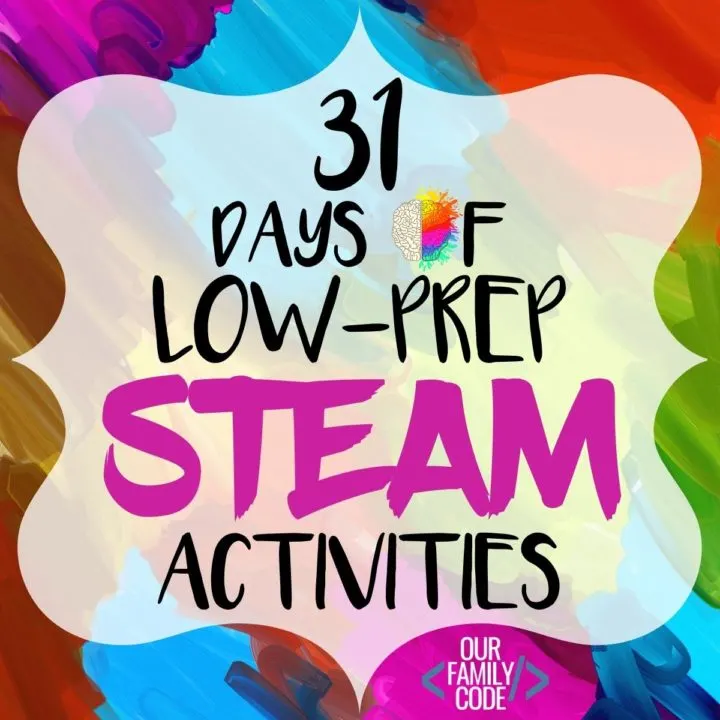
STEAM, like STEM, is an integrated approach to learning that encourages learners to make connections between the concepts they are learning and how they apply them to real-world problems.
STEAM helps students ask questions, problem solve, think creatively, and produce innovative solutions.
Many schools have adopted STEAM learning activities into their curriculum, but it’s never too early to start building critical thinking skills.
We love to learn through play at our house and have a blast doing activities for toddlers all the way to tweens!
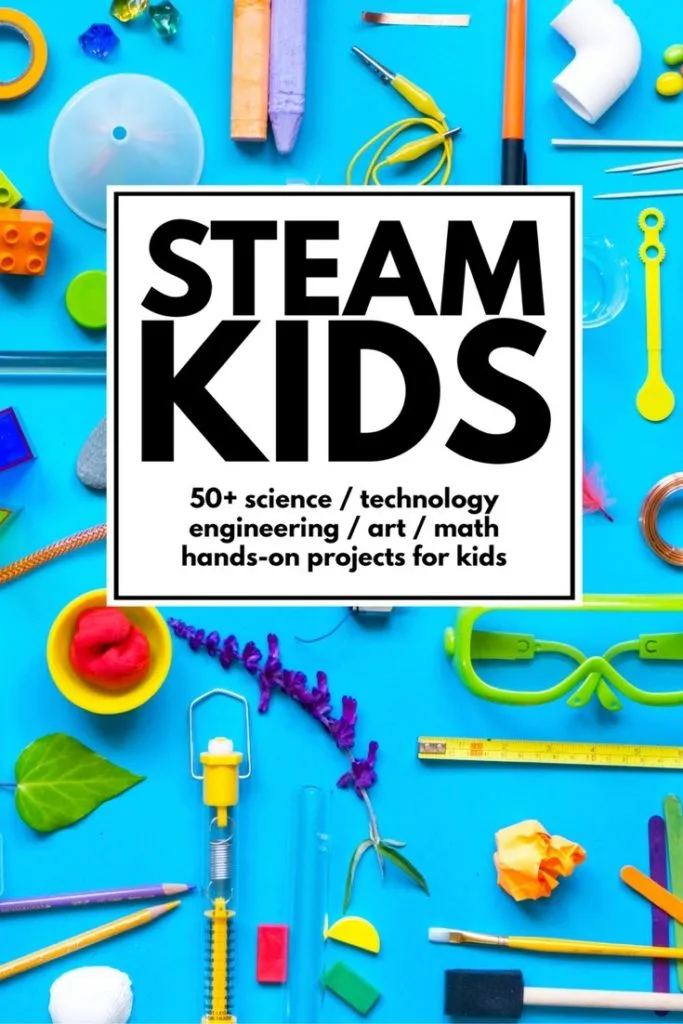
Looking for some more hands-on activities that incorporate Science, Technology, Engineering, Art, and Math (STEAM)? Then you have to check out STEAM Kids!
This book features more than 50 hands-on activities that are organized into easy to implement categories, so you know exactly what concepts your kids are learning!
Grab your copy from Amazon today or get instant access to this great book by purchasing a downloadable PDF!
Fibonacci Art Project Materials
- Fibonacci Template
- Graph Paper
- Pipe Cleaners
- Pony Beads
- Colored pencils (optional)
Teach the Fibonacci Sequence with this Easy Math & Art Activity!
To get started, print out the Fibonacci art template. You can also have more advanced kids make their own worksheet.
To make your own, download this graph paper and then upload it to Google Slides. You can add squares to make your own Fibonacci rectangles or you can chose to print your graph paper and hand draw them.
How to Make Fibonacci Rectangles

RECOMMENDED: PI NECKLACE CODING UNPLUGGED CODING ACTIVITY
After you have printed or designed your Fibonacci rectangles, poke the end of a pipe cleaner through the corner of your first 1X1 square.
Use 1-2 more pipe cleaners to complete your spiral. Poke the ends into the paper to make the spiral sturdy.
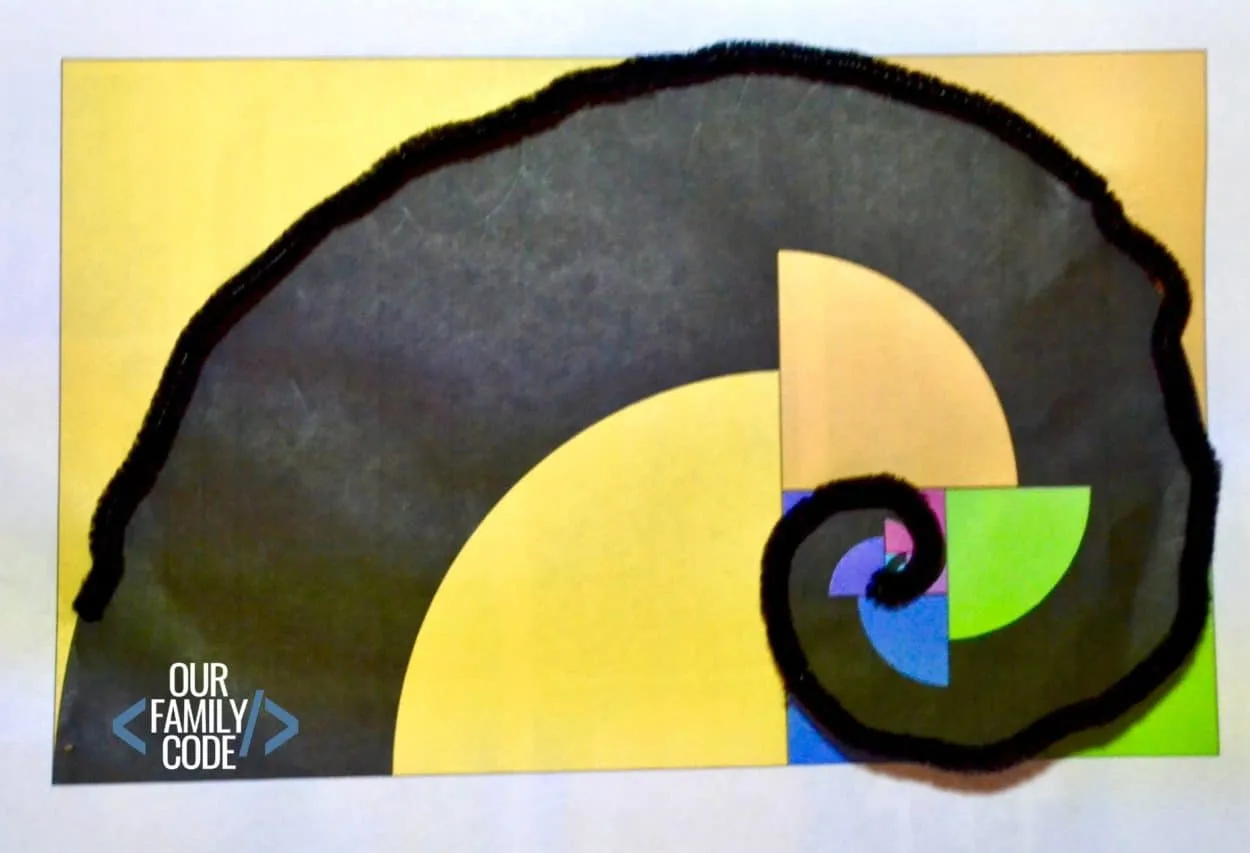
Slide 1 pony bead on to represent the Fibonacci number “1”. Use another bead to represent the following “1” and then add 2 beads to represent the next number in the Fibonacci sequence.
Continue adding beads for each number in the sequence. You’ll notice that you’ll have just about the exact amount of space available within the pipe cleaner for each square for the number of beads required.
Once you have finished adding all of your beads, secure the end of your pipe cleaner.
I cut another pipe cleaner and then used pieces of it to poke through my Fibonacci art to secure it to my paper.
Want to connect this Fibonacci activity with other STEAM buckets? Check out these extensions!
Science – Go on a Golden Ratio nature walk and try to find the Fibonacci sequence in nature!
Technology – Discuss how computer programmers utilize patterns to write code. Write the first six numbers of the Fibonacci sequence in binary code.
Engineering – Look at local architecture and try to find the spiral of the Fibonacci sequence in buildings and structures.
Art – Explore artwork and pay close attention to the spiral patterns. Can you find the golden mean in the Mona Lisa?
Math – Use your Fibonacci sequence knowledge to figure out 4 more Fibonacci numbers (after the ones worked on already!) in the sequence.
Some Books to Read with Your Activity
We love incorporating books into our activities. Here are some great books about math to read with your activity!
- Blockhead: The Life of Fibonacci by Joseph D’Agnese
- Growing Patterns: Fibonacci Numbers in Nature by Sarah C. Campbell
- Rabbits Rabbits Everywhere: A Fibonacci Tale by Ann McCallum
Similar STEAM Activities
- Get Started with Algorithms and Code Your Art!
- Composing & Decomposing the Number 10 with Candy Corn!
- Crack the Code & Binary Code 5-Bit Challenge
- Oil Resist Tessellation Art Masterpieces
More Math + Art Activities
- Pi Necklace Coding Unplugged Coding Activity
- Teach the Fibonacci Sequence with this Easy Math & Art Activity!
- Finding Pi with Math Sun Catchers
- Amazing Math Art and Drawing Projects for Kids from Teach Beside Me
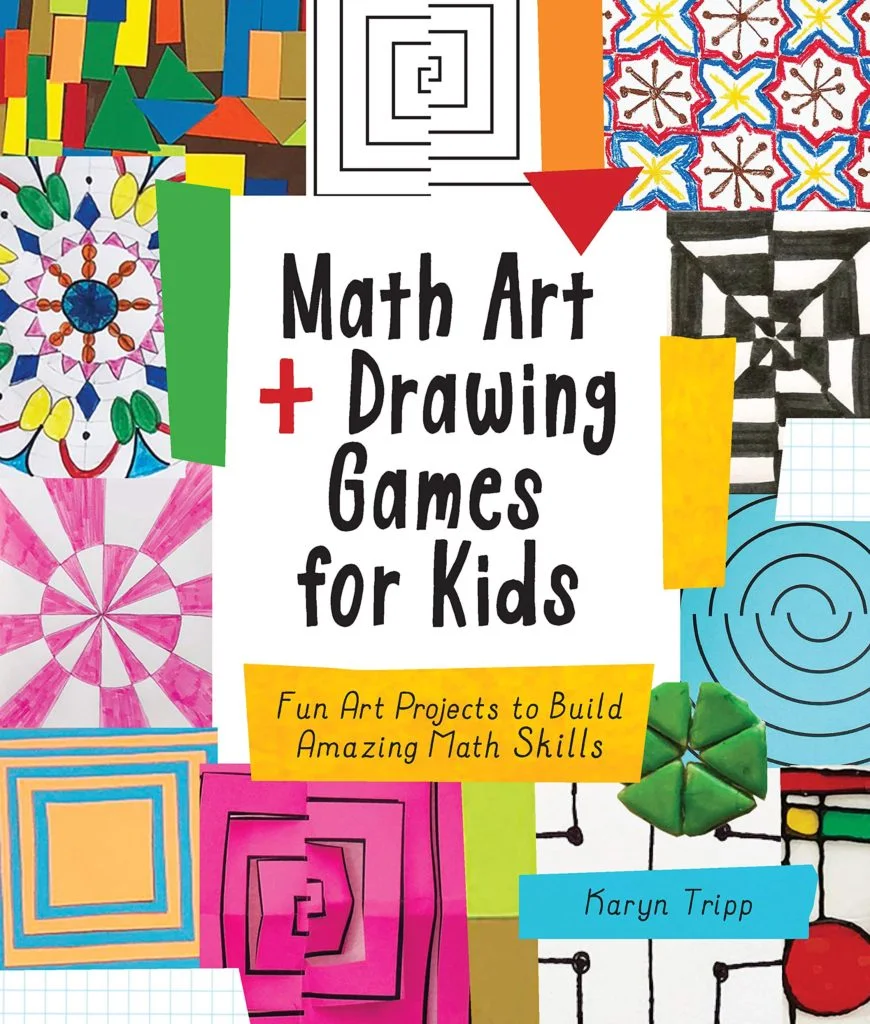
Our friend Karyn from Teach Beside Me just published an excellent math art book, Math Art and Drawing Games for Kids.
This book is filled with tons of incredible ideas to learn math through art and is great for both teachers and homeschoolers. You can purchase a copy by clicking the image.
31 Days of Low-Prep STEAM Activities for Kids
This activity is part of our 31 Days of Low-Prep STEAM Activities for Kids.
Every activity will primarily focus on each of the buckets of STEAM (Science, Technology, Engineering, Art, & Math) although these integrated projects fit in more than one bucket.
You and your kiddos are going to love all of the activities that we have in store! Visit the 31 Days of Low-Prep STEAM Activity hub and pin it, so you can come back and visit it daily! If you’d like to receive your activities weekly, you can sign up for our weekly newsletter!
PIN THIS IMAGE TO SHARE THIS LOW-PREP STEAM ACTIVITY!
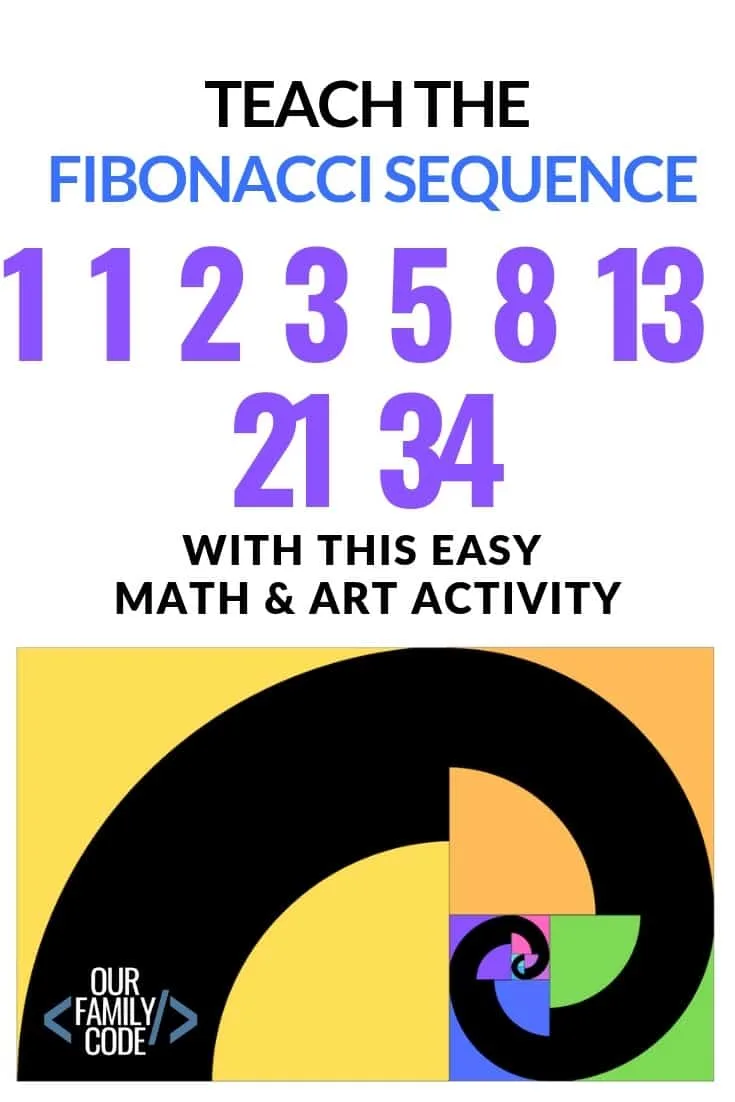
Fibonacci Activities
Find more Fibonacci activities for kids!
Fibonacci Activity for Kids: Fibonacci Flowers
This Fibonacci activity for kids is a hands-on way to teach the Fibonacci sequence and make some math + art Fibonacci flowers!
Code Fibonacci Rectangles in JavaScript
Are you ready to code Fibonacci rectangles and make some cool digital Fibonacci art? You don’t want to miss this math + tech + art kid coding activity!
Finding Pi with Math Sun Catchers
The goal of this activity is to explore the number Pi and prove that it is a mathematical constant by making math sun catchers out of fuse beads for a fun math + art STEAM activity!
Meet Toni, the Maker Mom behind Our Family Code

Hey there, I’m Toni! I’m a software engineer and Maker Mom that finds my joy in unleashing my children’s curiosity by exploring STEAM concepts with my fantastic five!
When I’m not chasing toddlers or raising tweens, you can find me tearing things up and putting them back together over here at Our Family Code.
I am the owner and content creator of multiple educational websites designed to increase access to STEAM & STEM education with a focus on teaching computer science and coding to kids of all ages!
You can also find out more about me by visiting ToniGardner.com!
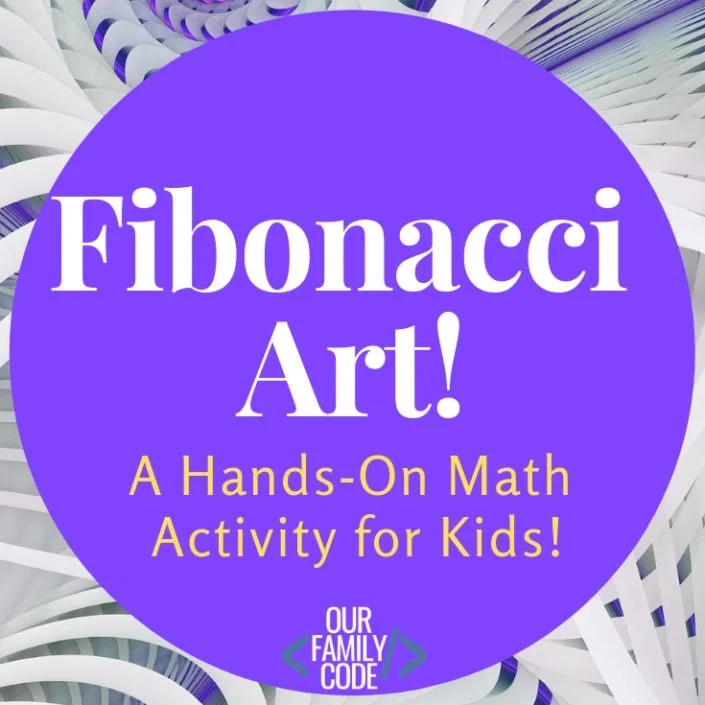
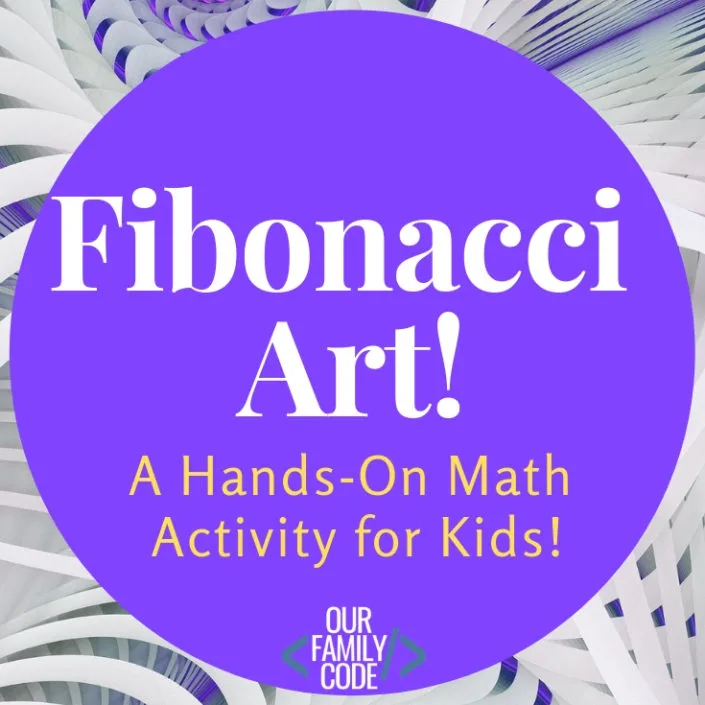
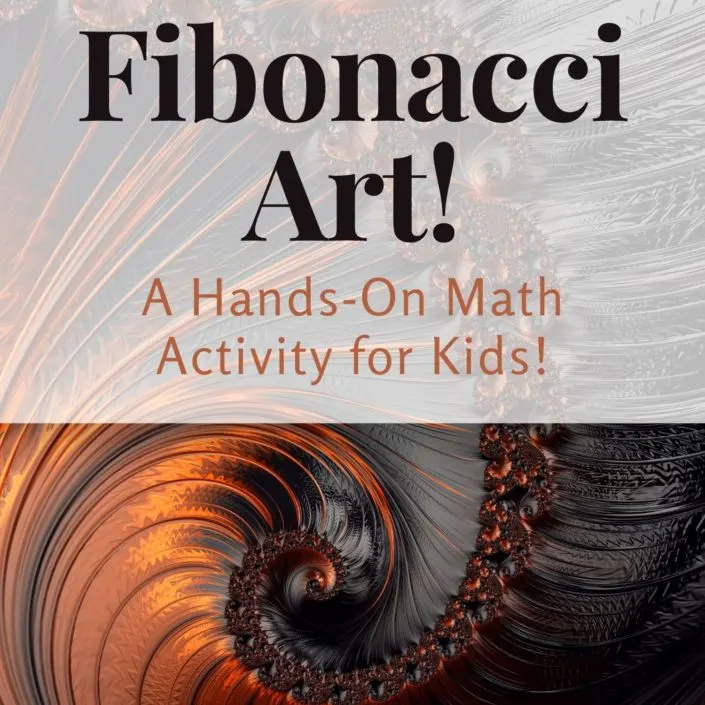
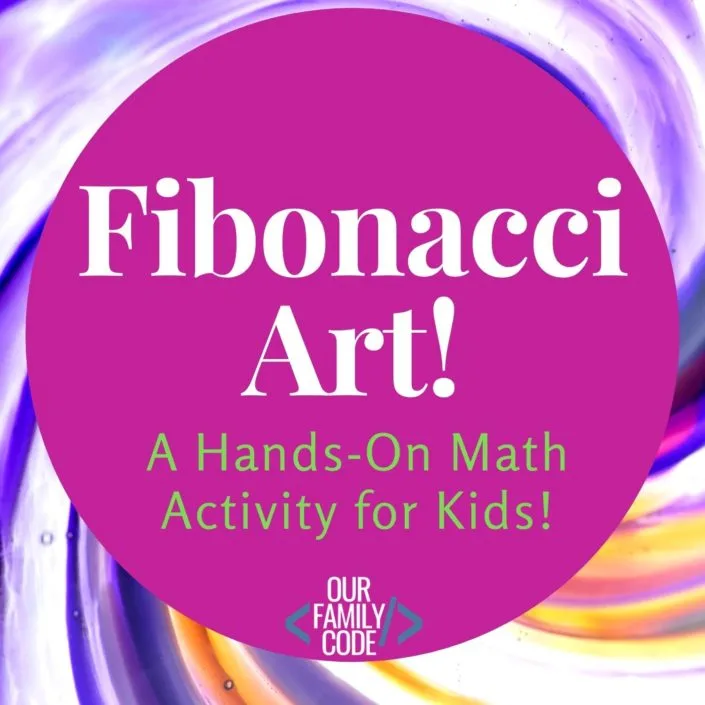
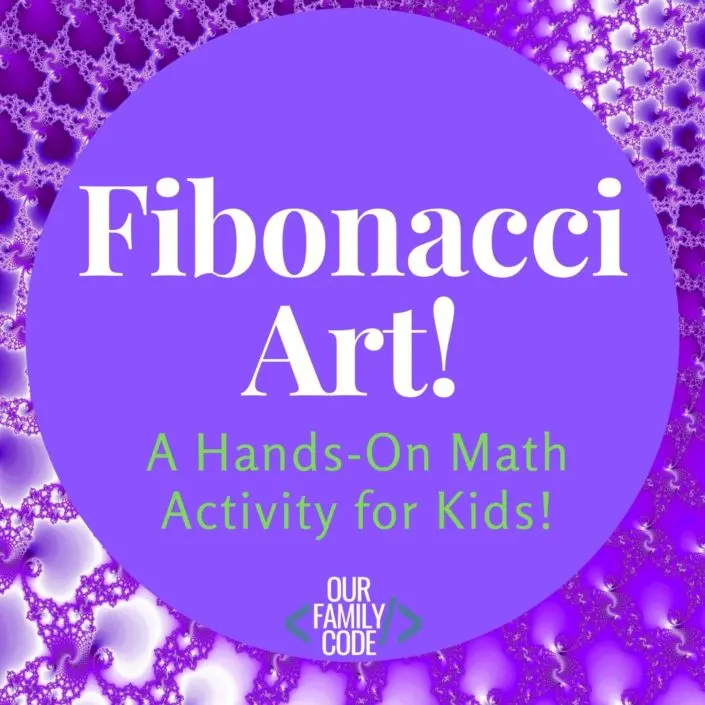
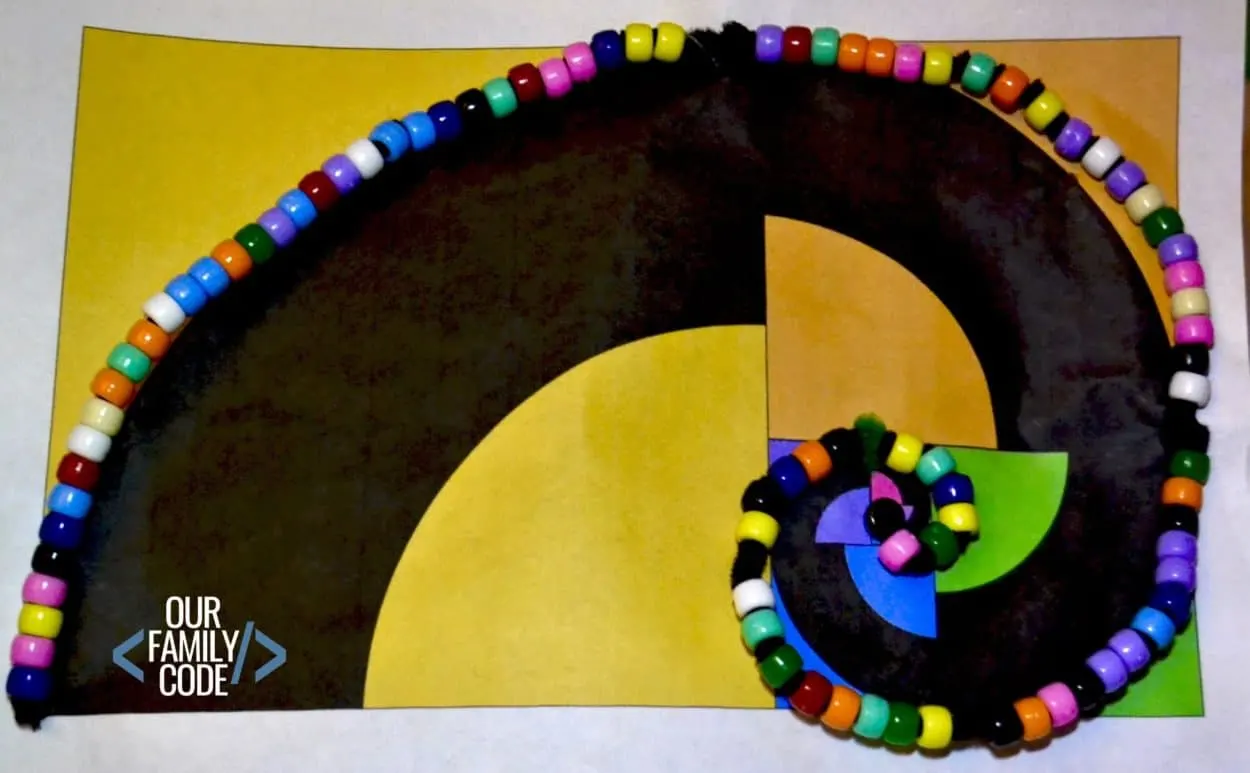
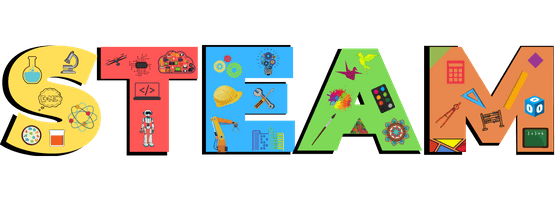

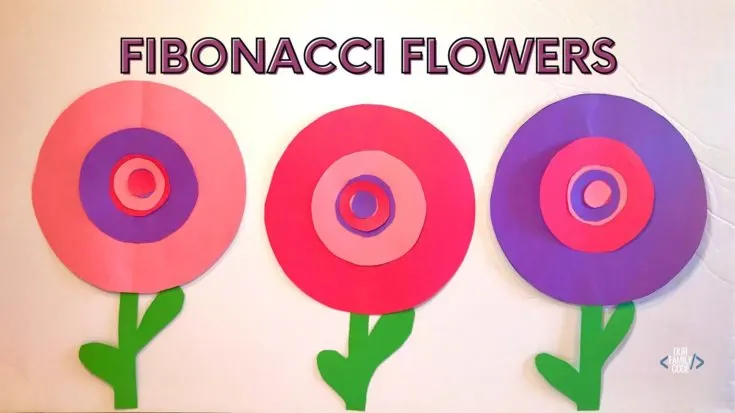
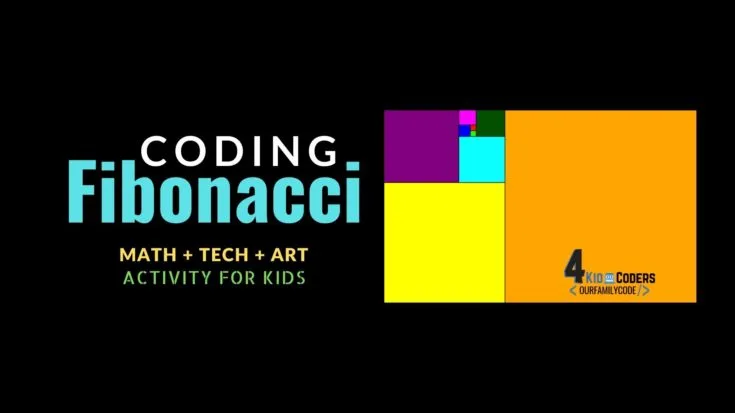
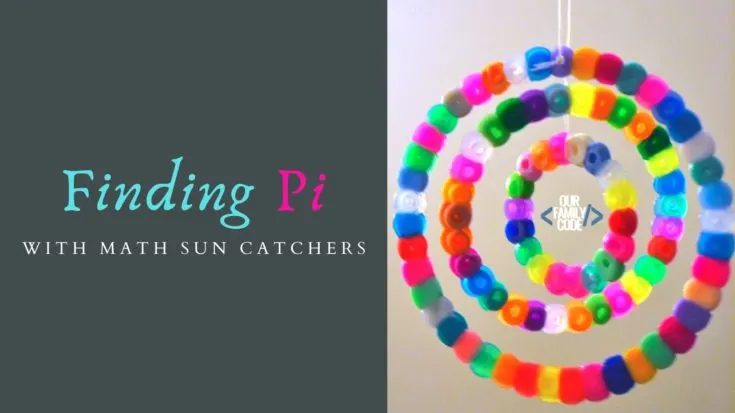
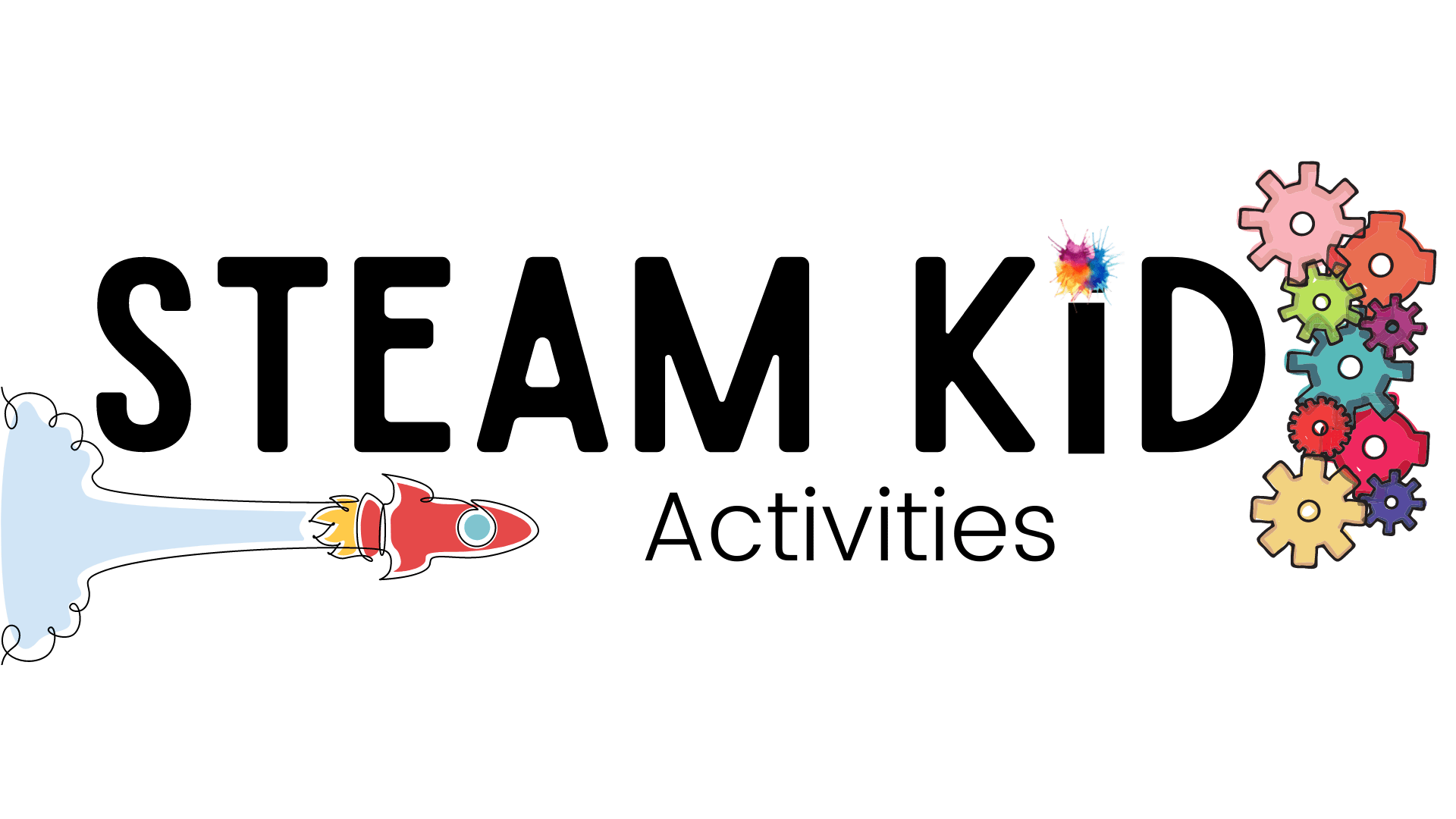

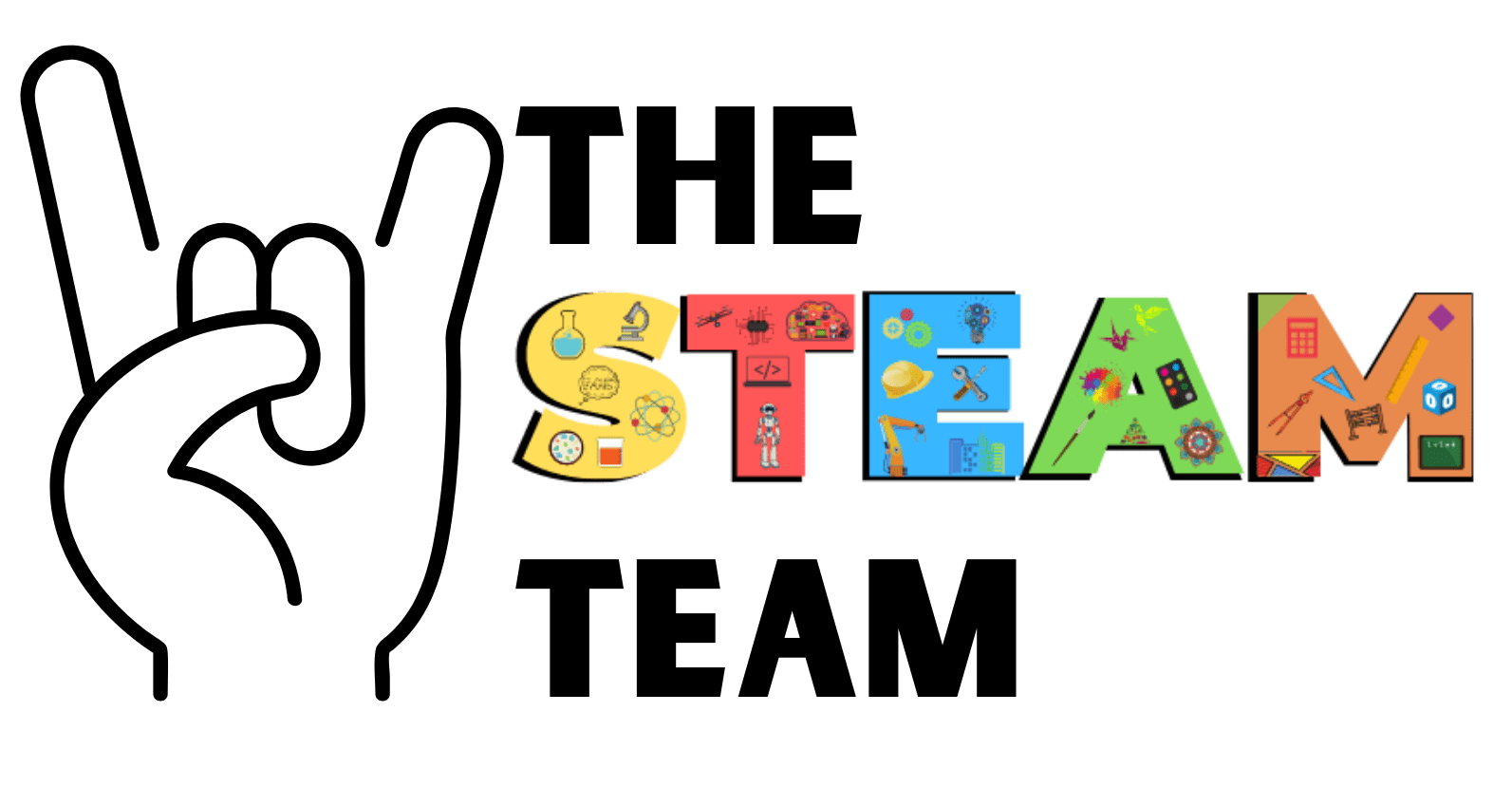
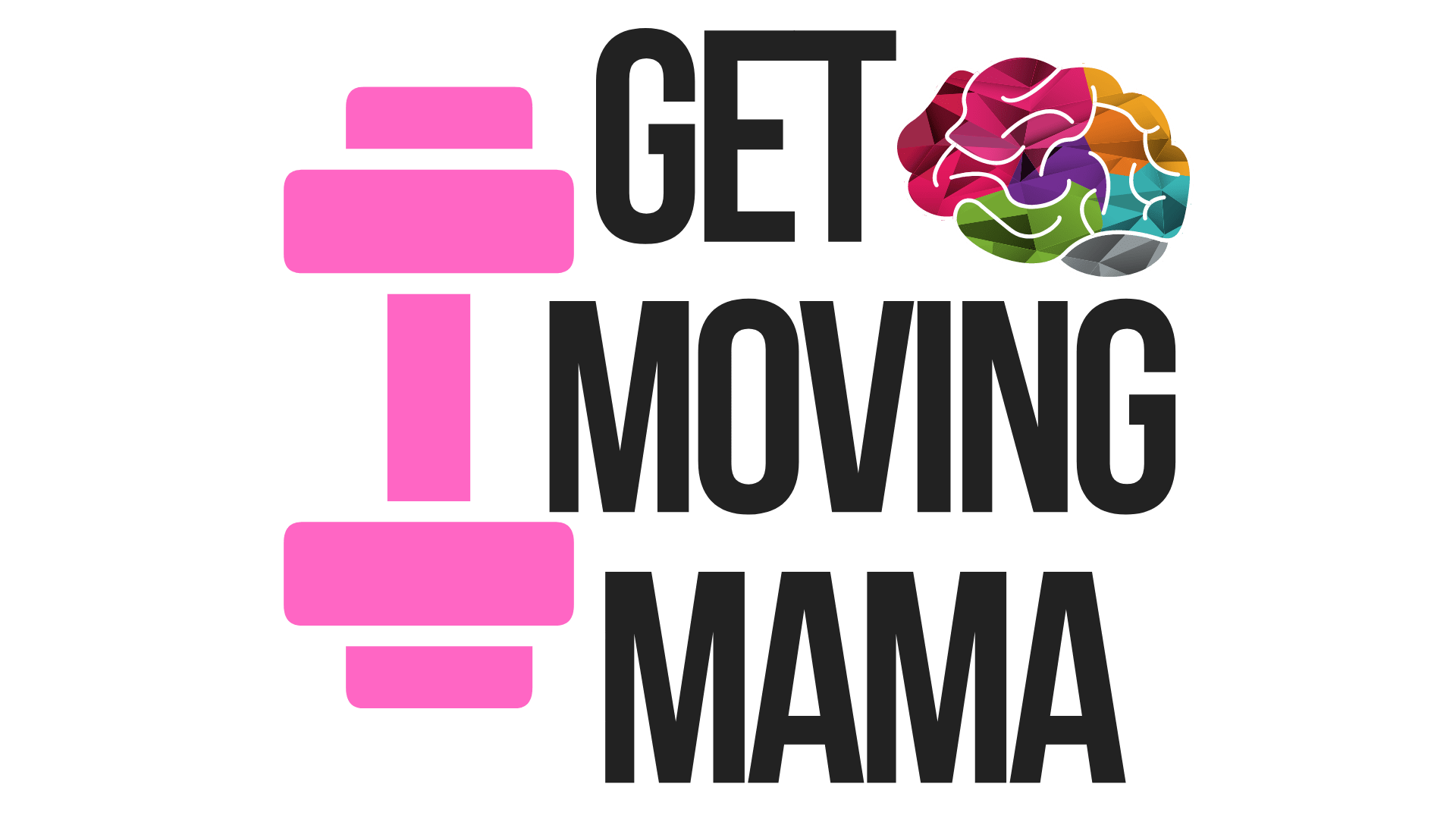

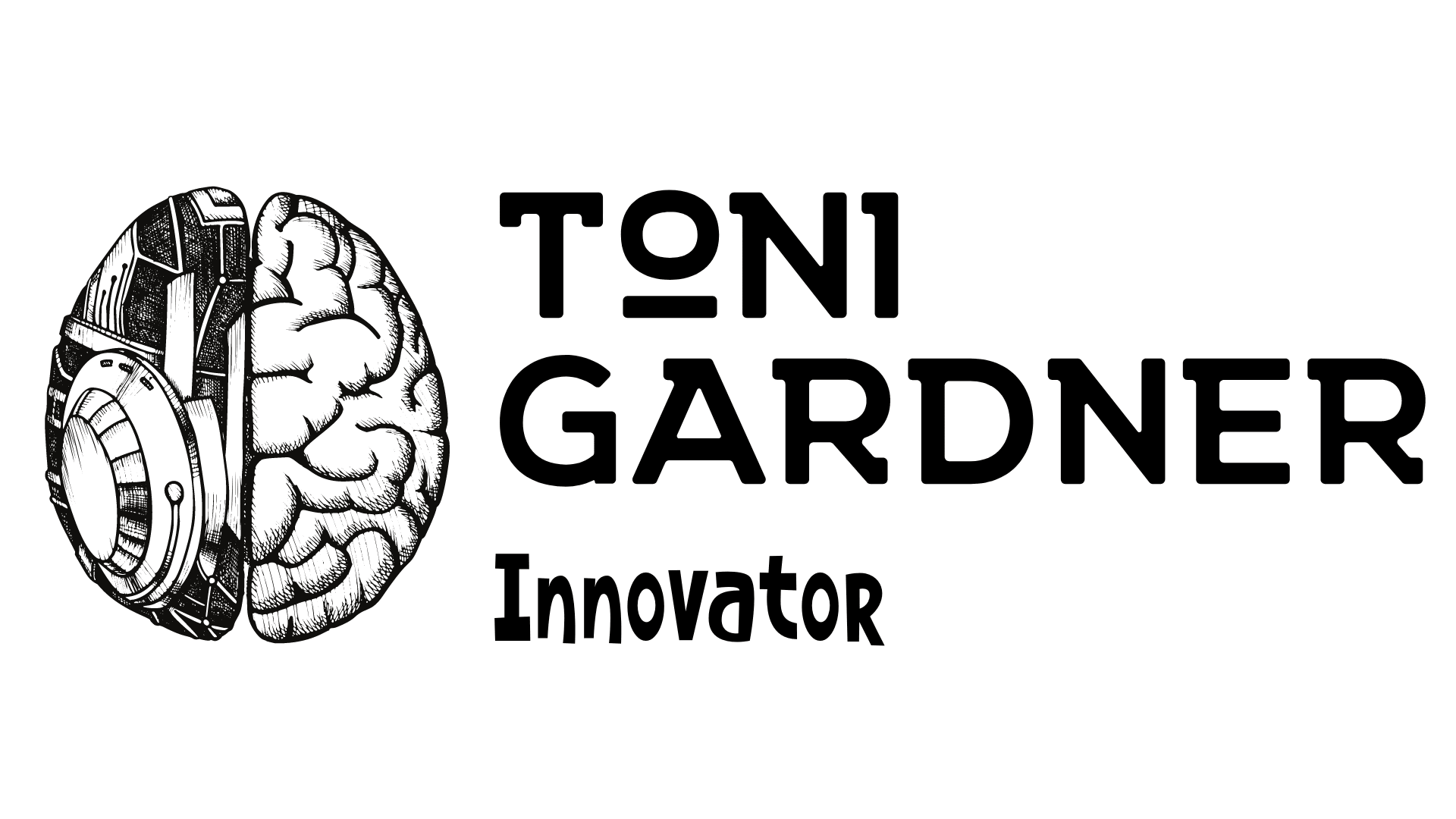
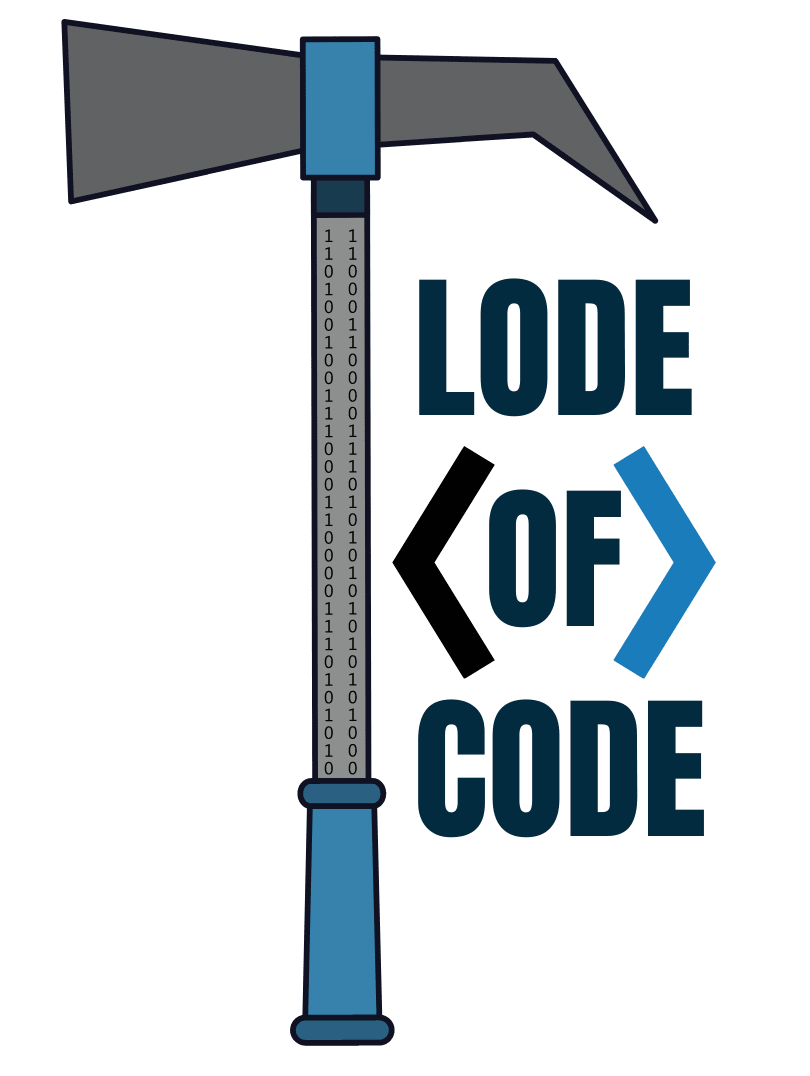
Krystal Miller (@hhtfamilyblog)
Monday 29th of October 2018
My daughter will love this! They're learning about Fibonacci numbers at school right now!
Jasmine - LoveLifeLaughMotherhood
Monday 29th of October 2018
i haven't heard of this, but it looks like a great way to incorporate more STEM activities